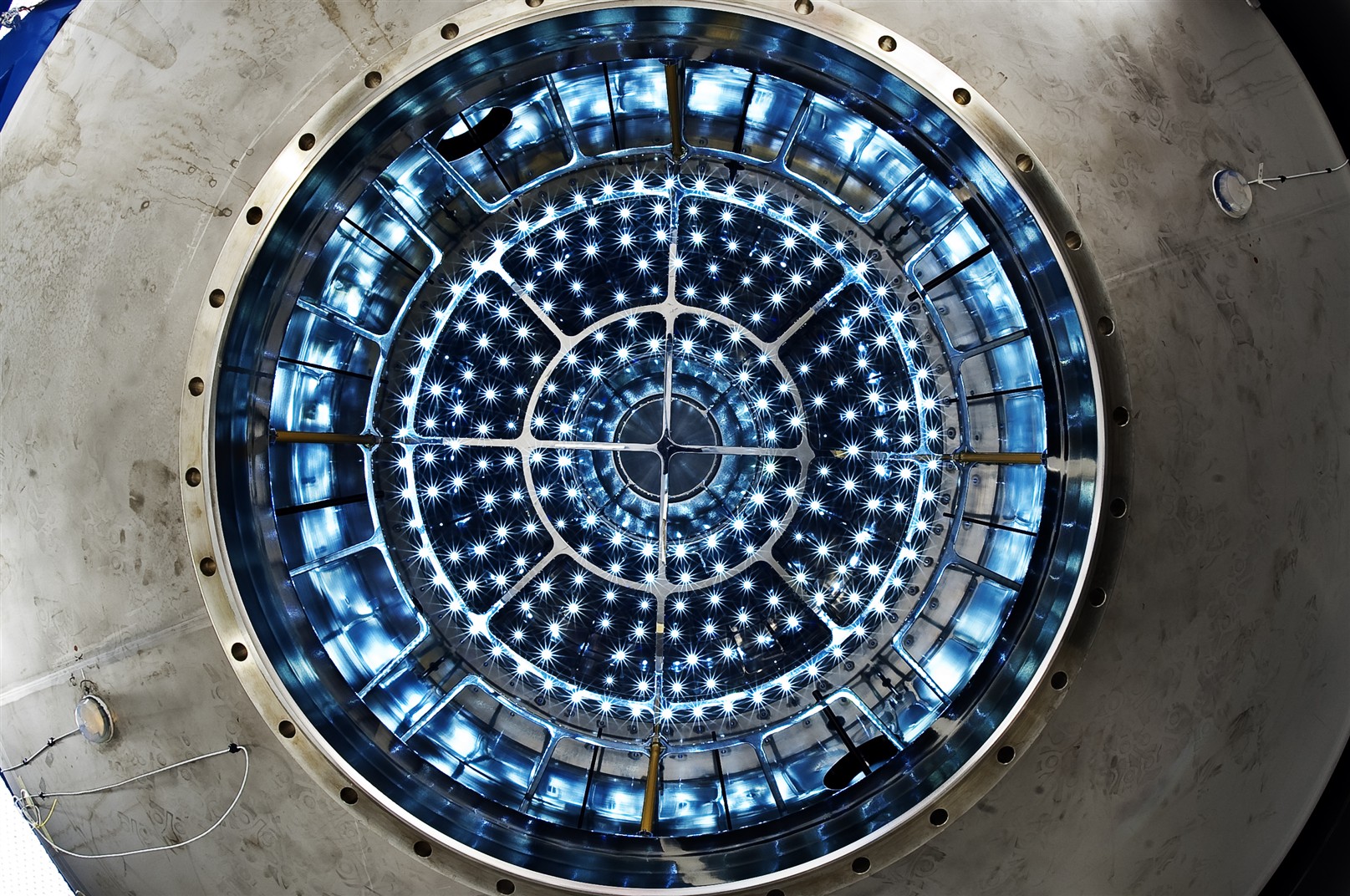Emerging Photonic Principles and Negative Effective Mass: Exploring New Physics in the Tradition of Grothendieck.
A novel symmetry framework.
by P. De Ceuster — Posted in Publications on September 07, 2025
TAG: #Publications
Latest edit: 07/09/25
We treat the Bollobás–Riordan polynomial as a conceptual tool for classifying topological features of photonic networks without reproducing combinatorial formulas. The focus is on how graph-topological invariants manifest in measurable photonic behavior: mode connectivity, robustness against node failure, and emergent vortex patterns. The polynomial serves as an abstract fingerprint, capturing how a network’s embedding on a surface alters its dynamical repertoire.
We propose an experimental mapping: represent photonic circuits as ribbon graphs, measure transport properties across subgraph families, and compute empirical signatures that correlate with topological invariants. This program yields a practical pipeline for using algebraic-topological descriptors to guide network design — for example, choosing embeddings that enforce certain isolation or coupling patterns beneficial for quantum routing or robust classical signal transmission.
The idea outlines methods for approximating topological invariants from experimental data using spectral embeddings, random-walk analyses, and perturbation response. It also explores applications: designing networks resistant to fabrication defects, engineering intentional vortex channels for light trapping, and creating topologically informed multiplexing schemes.
Excerpt from: Emerging Photonic Principles and Negative Effective Mass: Exploring New Physics in the Tradition of Grothendieck. by P. De Ceuster
© All rights reserved. Do not distribute. (Publication: Emerging Photonic Principles and Negative Effective Mass: Exploring New Physics in the Tradition of Grothendieck.)
